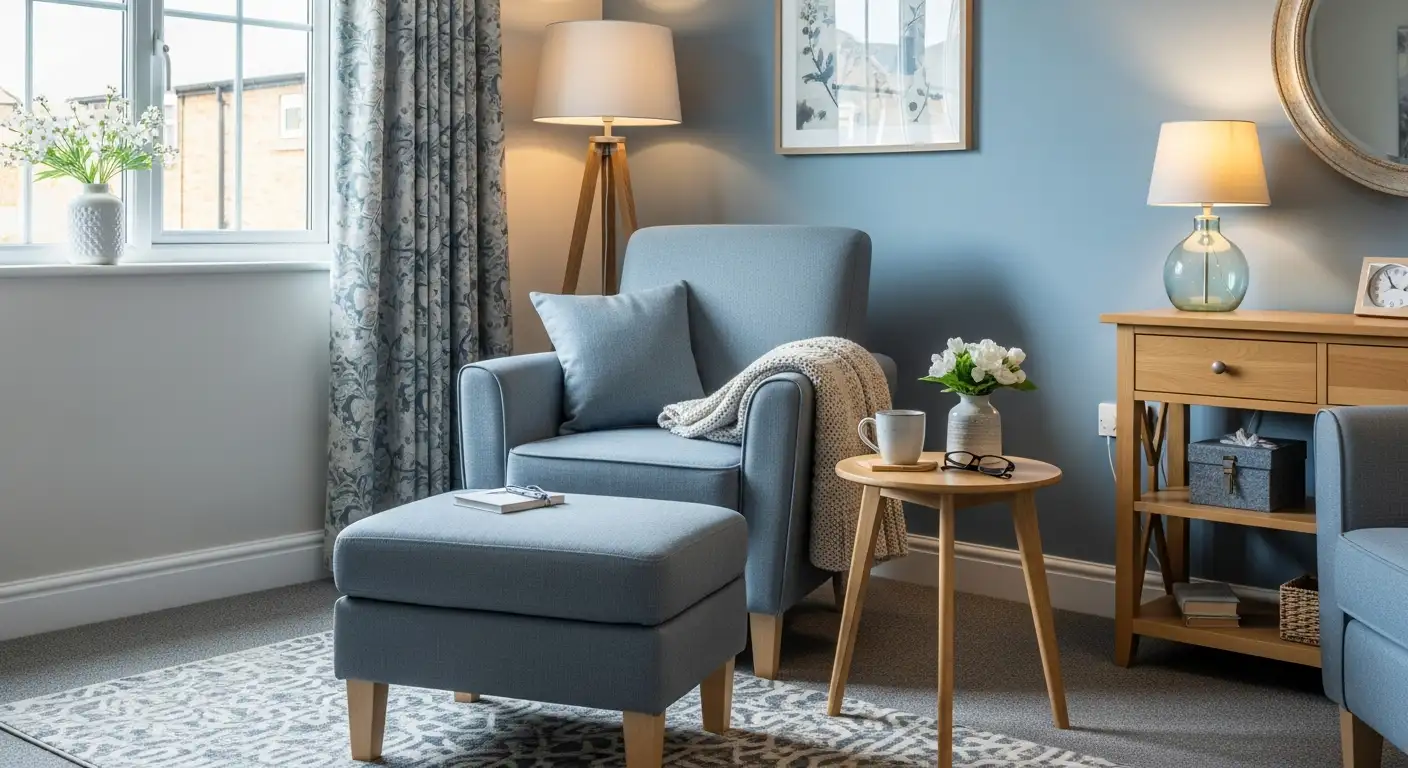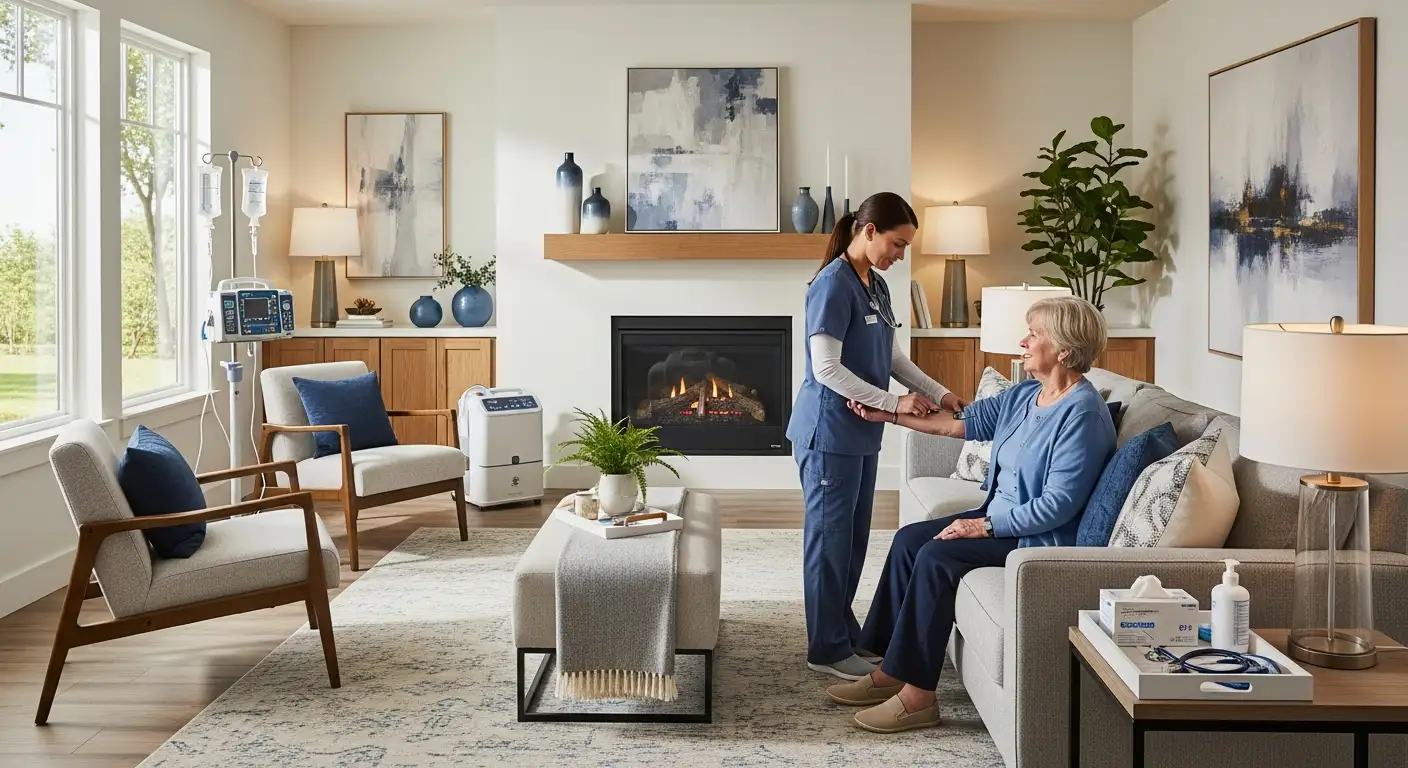Building a Foundation for Active Aging at Home
In-home care strategies are essential for supporting the physical health and independence of older adults. Homemaking care, carefully tailored to individual needs, fosters an environment where seniors can remain active, engaged, and mobile. This article explores the myriad ways in which homemaking support facilitates physical activity among seniors, emphasizing the importance of personalized approaches, safety, social engagement, and interdisciplinary collaboration.
Personalized Exercise Plans and Supportive Activities
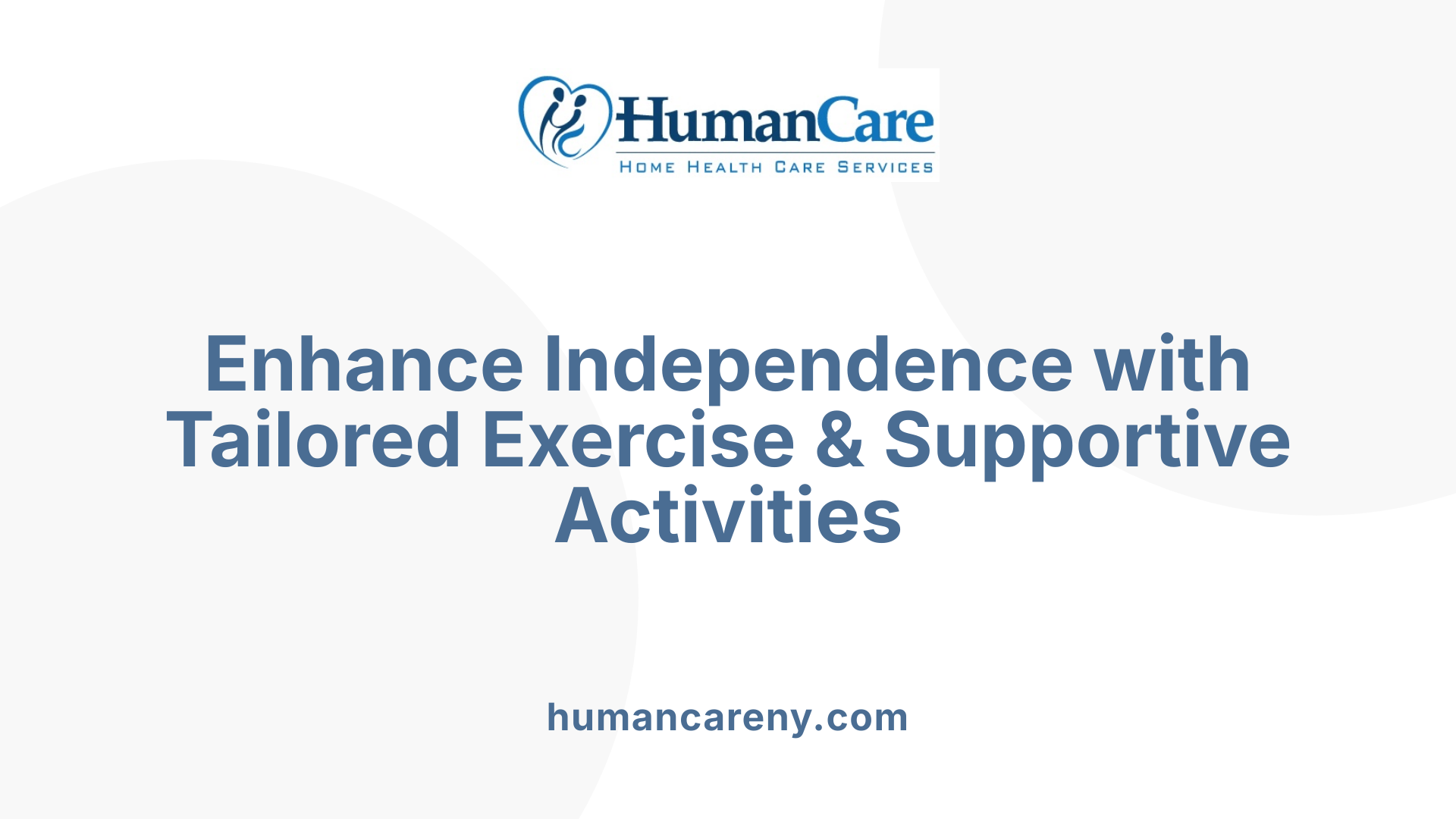
What are the benefits of physical activity for seniors in homemaking and home care settings?
Engaging in regular physical activity in the home care environment offers a multitude of health benefits for seniors. It helps improve strength, mobility, and flexibility, which are vital for maintaining independence and performing daily tasks with ease. Regular movement enhances balance and stability, significantly lowering the risk of falls and related injuries.
Moreover, physical activity supports mental health by releasing endorphins that combat stress, depression, and anxiety. It also promotes social engagement through group activities or routine interactions with caregivers, which can alleviate feelings of loneliness. Tailored exercise programs, such as chair exercises, gentle walking, or stretching routines, are designed to be safe and manageable for seniors with varying mobility or cognitive challenges. In essence, staying active is fundamental for promoting overall health and emotional well-being in home care settings.
How does homemaking care promote physical activity and mobility in the elderly?
Homemaking care plays a crucial role in encouraging physical activity among older adults by assisting with essential daily routines like bathing, dressing, and moving around. These activities naturally support the maintenance of mobility and independence. Caregivers can further foster activity by creating personalized exercise plans that include low-impact options such as walking, stretching, strength training, and balance exercises.
Support from caregivers includes facilitating transportation to physical therapy sessions or community activities and providing encouragement for seniors to engage in regular movement. They can also incorporate light exercises into daily routines, for example, encouraging seniors to stand while performing household chores or take short walks outdoors when weather permits.
This proactive support not only enhances mobility but also reduces risks associated with immobility such as muscle atrophy, joint stiffness, and balance issues. The companionship and motivation from caregivers additionally boost seniors’ confidence and mental health, motivating active participation. Overall, homemaking care creates a supportive environment where physical activity becomes an integral, enjoyable part of everyday life for seniors.
Effective Strategies to Encourage Elderly Engagement in Physical Activity
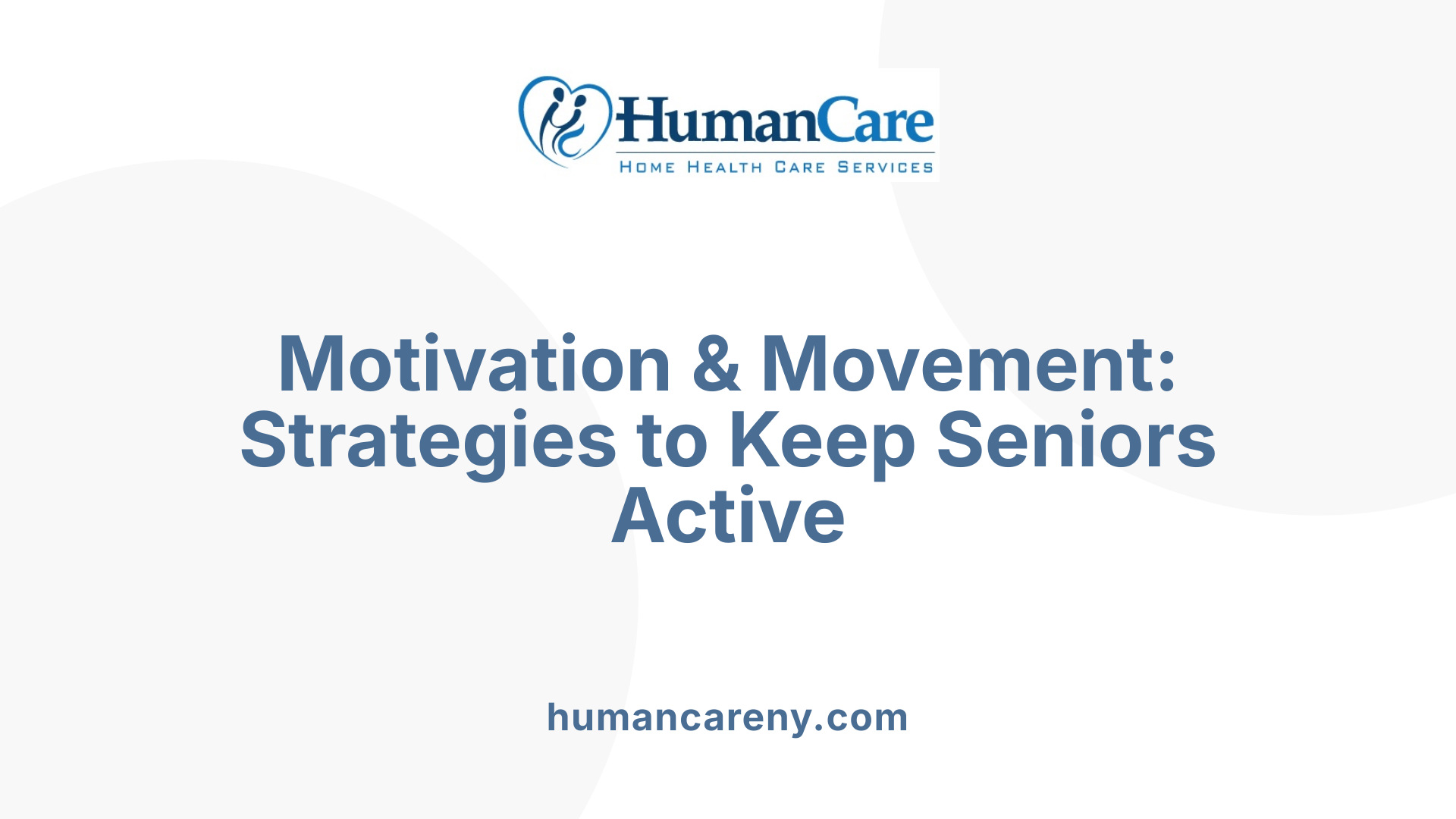
What strategies can caregivers use to encourage elderly individuals to stay physically active?
Caregivers can significantly influence seniors’ physical activity levels by developing personalized exercise routines that suit their health status and abilities. These plans should incorporate a mix of aerobic activities like walking, strength training such as resistance exercises, and balance-focused practices like Tai-chi or yoga. Starting with gentle exercises and gradually increasing intensity helps build confidence and minimizes the risk of injury.
To motivate continued participation, caregivers should set achievable goals and regularly monitor progress, providing positive reinforcement along the way. Overcoming common obstacles—such as bad weather, lack of motivation, or fear of falling—can be addressed through indoor activity options, virtual exercise classes, or organizing small group sessions. Social elements make workouts more enjoyable and foster engagement.
Activities like group walks, water aerobics, or chair yoga not only promote physical health but also offer valuable social interactions that combat loneliness. Caregivers should educate seniors on the multiple benefits of staying active, including improved mental health, better management of chronic conditions like hypertension and diabetes, and reduced fall risk. With tailored activities and supportive encouragement, seniors are more likely to stay committed to their exercise routines.
How do caregiving activities contribute to maintaining or enhancing mobility in older adults?
Supportive caregiving tasks are fundamental in preserving and boosting mobility among seniors. Assisting with daily exercises that improve muscle strength, flexibility, and balance directly reduces the likelihood of falls and mobility decline. For example, guiding seniors through resistance training or balance exercises like Tai-chi helps build stability.
Creating a safe home environment is equally important. Caregivers should remove hazards and install assistive devices if necessary, making movement safer and easier. Encouraging seniors to participate in social and physical activities, such as gardening, walking groups, or participating in recreational classes, promotes both physical activity and mental well-being.
Education about fall prevention strategies, safe ways to rise after a fall, and recognizing warning signs of mobility issues further supports independence. Engaging in mental stimulation through games or arts also complements physical activity efforts. Overall, caregivers’ proactive involvement fosters an environment where mobility can be maintained or improved, allowing seniors to stay independent longer.
Strategies for Motivating Elderly to Stay Active at Home
Promoting physical activity within the comfort of home or community settings requires creativity and understanding of individual preferences. Home care providers can organize indoor exercises such as chair yoga, light resistance training, or stretching routines that require minimal space and equipment.
Virtual classes or online tutorials tailored for seniors can serve as engaging alternatives to in-person activities, especially when mobility or weather restrictions are present. Group activities, whether in person or through video chats, foster social connection and make exercise sessions more enjoyable.
Making physical activity part of daily routines is essential. Encouraging activities such as gardening, household chores, or casual walks around the neighborhood helps seniors integrate movement naturally. Setting achievable goals, celebrating milestones, and providing regular encouragement boost motivation.
Addressing barriers like fear of injury, lack of motivation, or cognitive decline through gentle guidance, emotional support, and accessible resources enhances adherence. By diversifying options and emphasizing enjoyment and social interaction, caregivers can help older adults establish sustainable activity habits that promote health and well-being.
Safety and Environmental Strategies for Maintaining Mobility
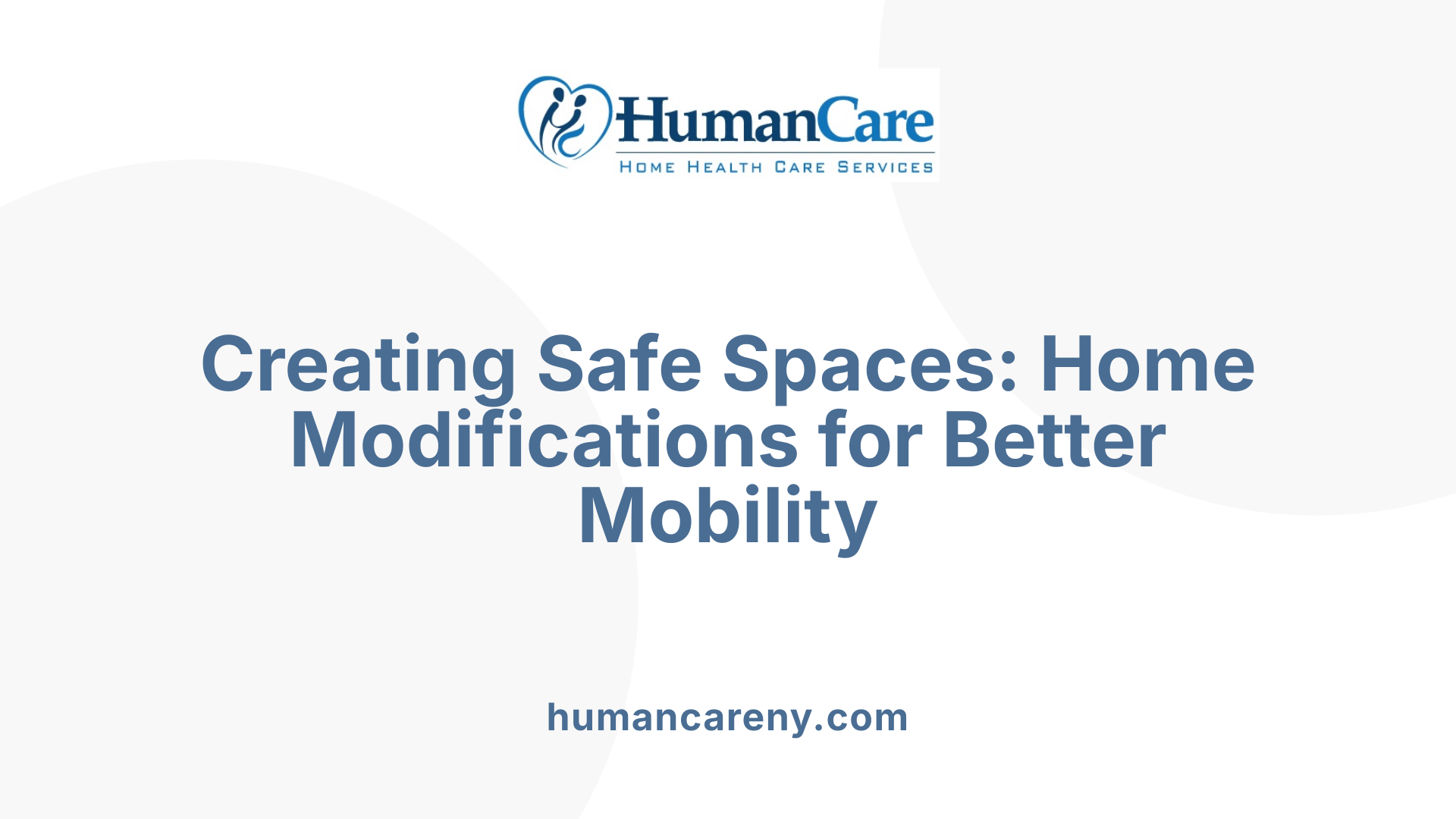
How do home modifications like ramps, grab bars, and ergonomic layouts support senior mobility?
Creating a safe and accessible home environment is essential for promoting physical activity and independence among seniors. Modifications such as installing ramps provide easy access to different levels of the home, especially for those with mobility challenges. Grab bars strategically placed in bathrooms or near stairs offer stability, reducing fall risks during routine activities. Ergonomic layouts that minimize clutter, improve lighting, and use suitable furniture contribute to safer navigation. These adaptations help seniors perform daily movements with confidence, encouraging more frequent activity and preventing injuries.
What environmental barriers can hinder mobility and how can they be addressed?
Many seniors face obstacles like uneven flooring, loose carpets, or inadequate lighting that compromise safety and limit movement.
These barriers can lead to falls, injuries, and decreased activity levels. Addressing them involves assessing the home environment for hazards and implementing simple solutions such as fixing uneven surfaces, removing tripping hazards, improving lighting, and ensuring clear pathways. In addition, outdoor features like uneven sidewalks or inaccessible gardens should be modified or equipped with supportive features.
Factors Influencing Physical Activity and Mobility in Elderly Care Recipients and Homemaking Care Strategies
Various elements impact a senior's ability to stay active. Chronic health conditions like arthritis, osteoporosis, or cardiovascular issues may limit movement. Environmental challenges, such as unsafe home and neighborhood conditions, can reduce outdoor activity. Social factors like loneliness or limited support networks also play a part.
Homemaking care addresses these issues by customizing home modifications—such as installing ramps, grab bars, and ergonomic furniture—to improve safety and accessibility. Care providers also foster social engagement by encouraging participation in activities suited to the senior’s abilities. Supportive relationships, emotional encouragement, and integrating assistive technologies enhance motivation. Community programs and creating welcoming environments further help seniors remain active within familiar surroundings.
How does interdisciplinary collaboration improve physical activity promotion in seniors?
Collaborative efforts among various health and community professionals significantly enhance the effectiveness of mobility strategies for seniors. Nurse practitioners monitor health status and recommend tailored activity plans. Physical and occupational therapists evaluate functional abilities and suggest specific exercises, modifications, or assistive devices.
Community organizations and caregivers work together to implement these plans, ensuring activities are safe, appropriate, and motivating. This teamwork adapts over time to meet changing needs, reduces risks, and actively promotes ongoing participation. By combining expertise, resources, and support across disciplines, seniors can access comprehensive care that optimizes their mobility and fosters independence.
The Broader Impact of Physical Activity on Aging Well
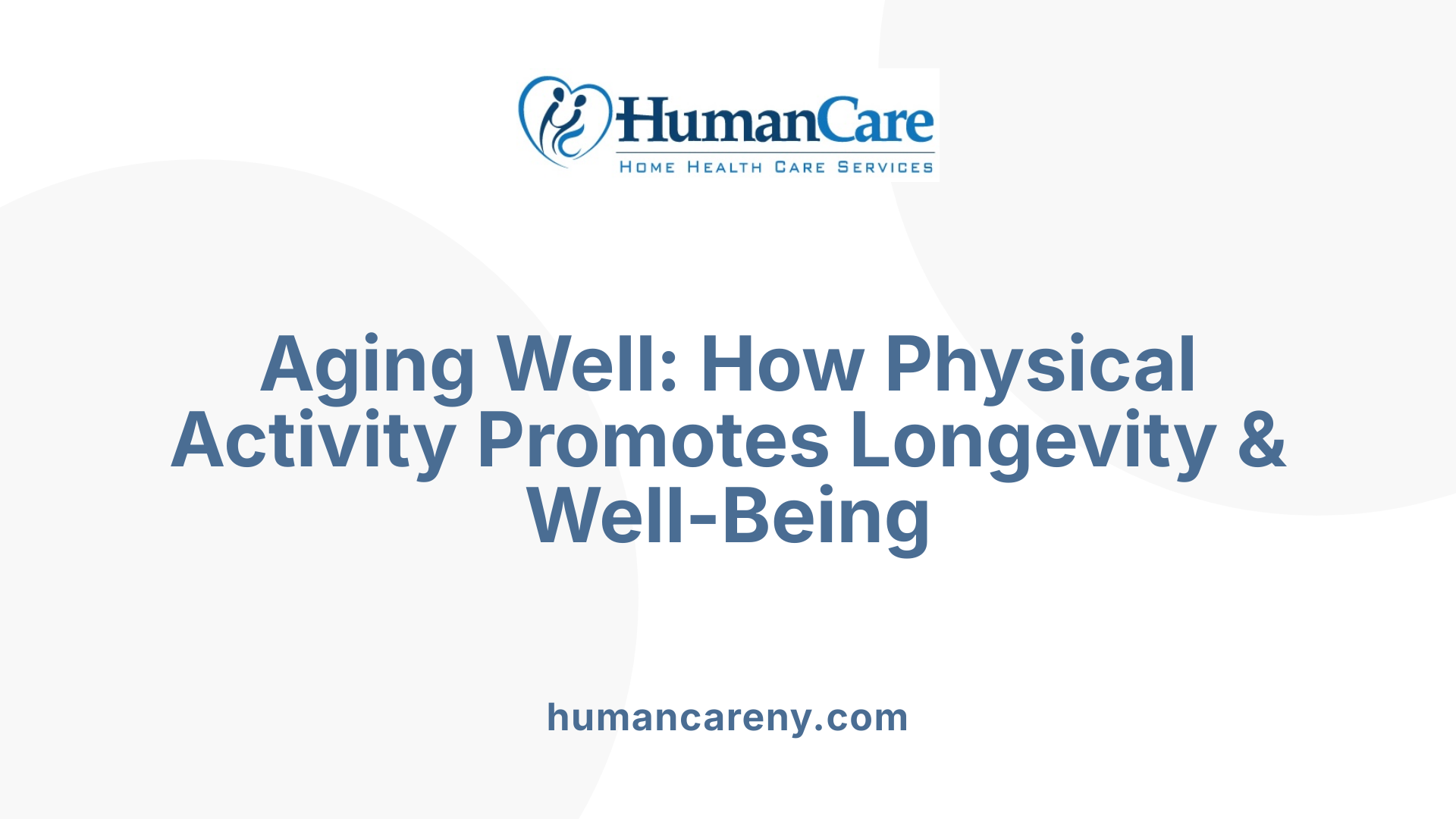
What are the benefits of physical activity for seniors in homemaking and home care settings?
Engaging in regular physical activity is vital for seniors living at home, offering multiple health advantages. It helps enhance strength, flexibility, and mobility, enabling older adults to perform daily activities more easily and independently. Maintaining independence reduces reliance on caregivers and increases confidence.
Physical activity also plays a crucial role in fall prevention. By strengthening muscles and improving balance, seniors are less likely to experience falls, which are a leading cause of injury in this age group.
Mental health benefits are significant. Exercise stimulates the release of endorphins, natural mood lifters that help reduce feelings of stress, depression, and anxiety. Participating in group activities or routines shared with caregivers fosters social bonds and combats loneliness.
For seniors with mobility challenges, tailored exercises like chair-based routines, gentle walking, or stretching ensure safety while still reaping health benefits. Support from caregivers to modify activities and provide assistive devices further promotes participation.
Overall, incorporating physical activity into home care routines is essential for healthy aging. It improves physical function and emotional resilience, enhancing overall quality of life in the comfort and familiarity of home.
How does physical activity prevent chronic disease, cognitive decline, and falls?
Physical activity is a proven strategy to prevent and manage many chronic health conditions. Regular moderate exercise can lower the risk of diseases such as coronary artery disease, hypertension, diabetes, obesity, osteoporosis, and osteoarthritis.
For cognitive health, staying active helps maintain brain function and may delay the onset of dementia and other cognitive declines. Exercise stimulates blood flow to the brain and releases chemicals that support neuroplasticity.
Fall prevention is another critical aspect. Activities that improve strength, balance, and coordination significantly reduce the likelihood of falls, which is essential because falls can lead to severe injuries or loss of independence.
By incorporating these exercises into daily routines and group activities, home care providers help seniors maintain their physical and cognitive functions, ultimately reducing healthcare costs and enhancing their safety.
Supporting mental health and emotional well-being
Beyond physical benefits, exercise plays a powerful role in supporting mental health. Regular activity helps improve mood, reduce feelings of anxiety, and combat depression.
Group exercise classes like chair yoga, dancing, or walking groups foster social connections, which are vital for emotional health. Social interaction during activities also provides motivation and a sense of community.
Encouraging seniors to participate in enjoyable activities and setting achievable goals can boost self-esteem and motivation. Positive reinforcement from caregivers further enhances their willingness to stay active.
These strategies contribute to overall well-being, helping seniors maintain a positive outlook and resilience during aging.
Enhancing overall quality of life for seniors
Physical activity significantly improves the overall quality of life for older adults by promoting independence, physical health, and emotional stability. When seniors engage in regular movement, they experience better cardiovascular health, increased muscle and joint function, and improved balance.
Social participation in group exercises or community outings not only enhances mood but also reduces feelings of loneliness and isolation.
Moreover, staying active helps manage weight and metabolic health, lowering the risk of chronic illness and enabling seniors to participate fully in daily activities.
Incorporating enjoyable and accessible activities, like gardening or family walks, ensures sustainability and adherence to exercise routines. Personalized plans, gradual progression, and addressing specific barriers—such as fear of injury or lack of motivation—are critical for success.
By fostering an environment that encourages and supports physical activity, caregivers, healthcare professionals, and community programs can help seniors lead healthier, happier, and more fulfilling lives as they age.
Empowering Seniors Through Movement and Support
In-home caregiving encompasses more than basic assistance; it plays a crucial role in promoting physical activity and mobility among seniors. Tailored exercise routines, environmental modifications, social engagement, and interdisciplinary collaboration collectively create a supportive setting where older adults can maintain their independence, prevent falls, and enjoy improved physical and mental health. By emphasizing personalized, safety-conscious, and engaging approaches, homemaking care empowers seniors to age healthily and confidently within their familiar surroundings, enhancing their quality of life and fostering a sense of empowerment and well-being.
References
- How Home Care Promotes Physical Activity in Seniors
- Promoting Older Adult Physical Activity Throughout Care Transitions ...
- The Role of Physical Activity in Healthy Aging: Tips for Caregivers
- Promoting Physical Activity and Mobility in Senior Patients - ChenMed
- Staying Active in Senior Years: How Physical Education Enhances ...
- Older people's experience and related factors while receiving home ...
- Social factors influencing utilization of home care in community ...
- The Physical Environment and Home Health Care - NCBI
- Social Determinants of Health and Older Adults | odphp.health.gov
- Services for Older Adults Living at Home | National Institute on Aging

